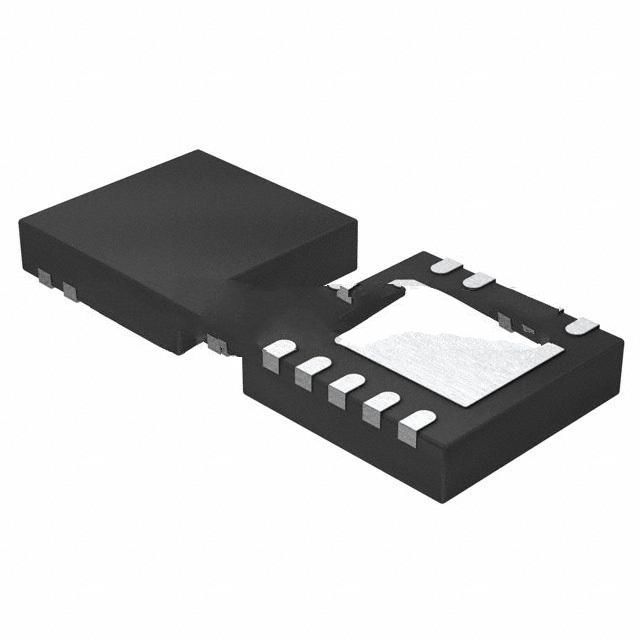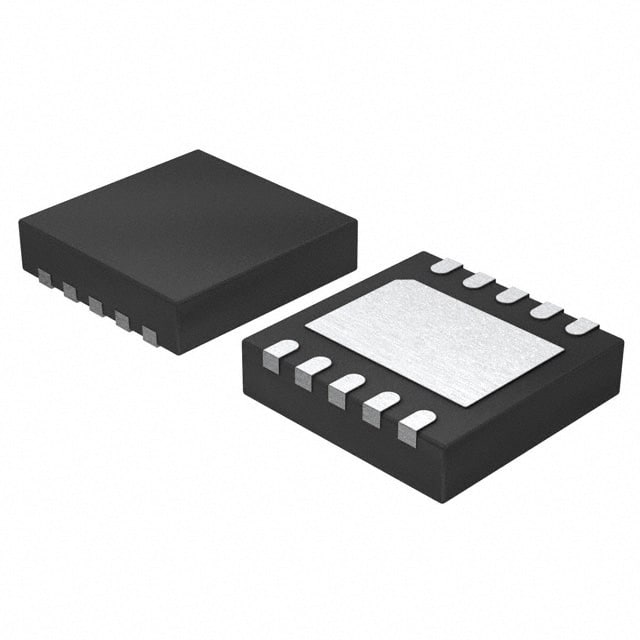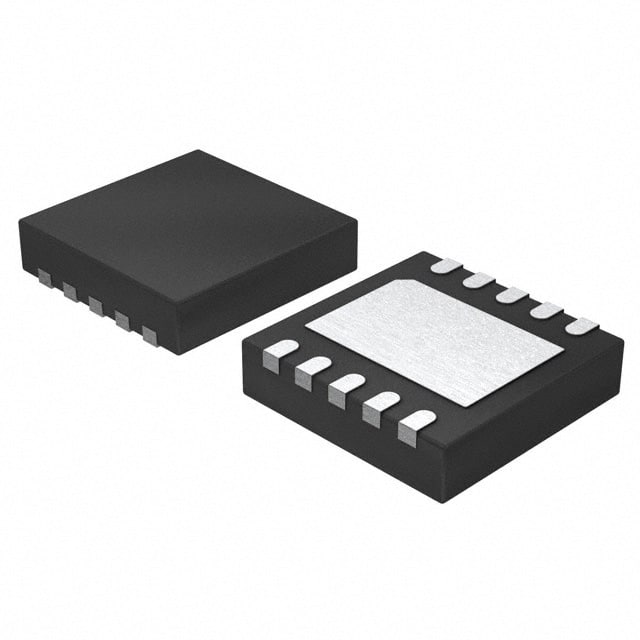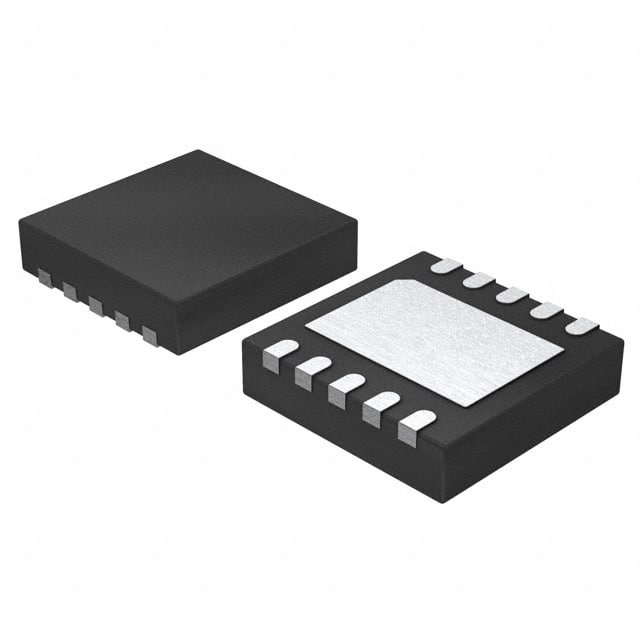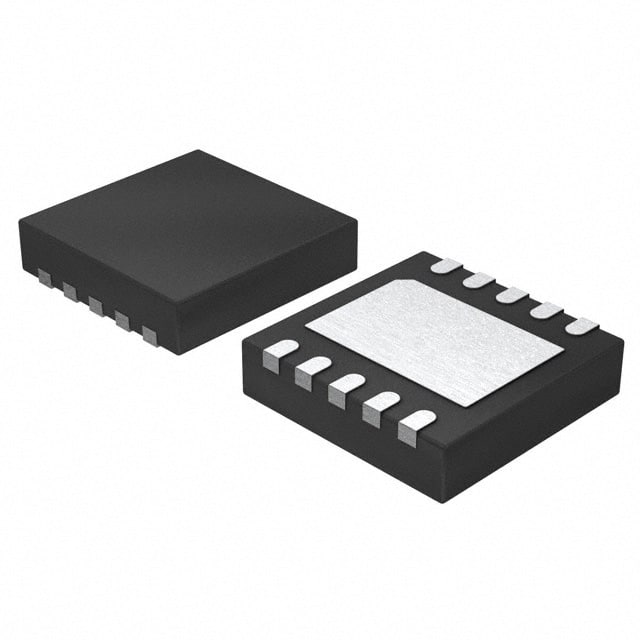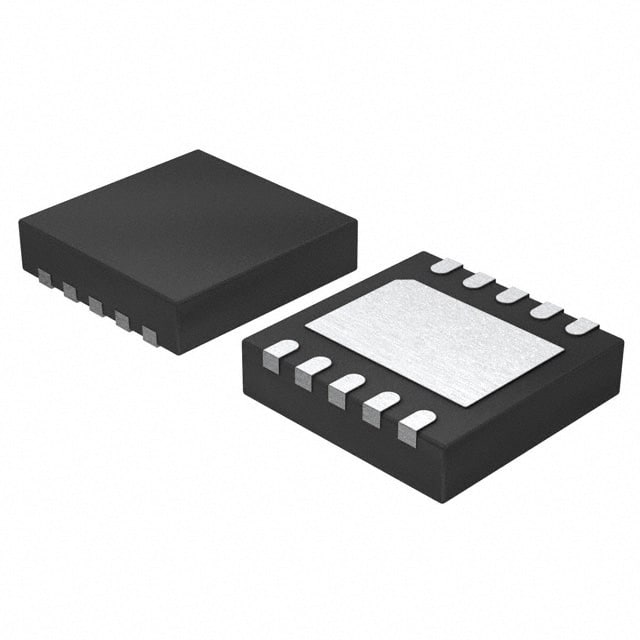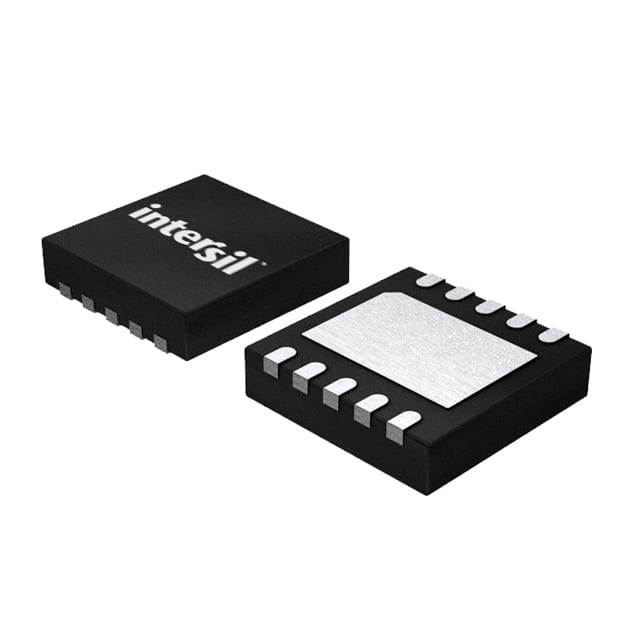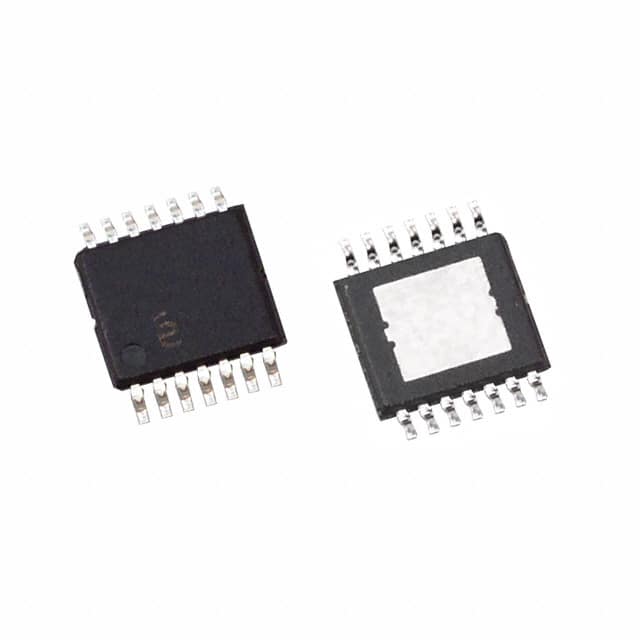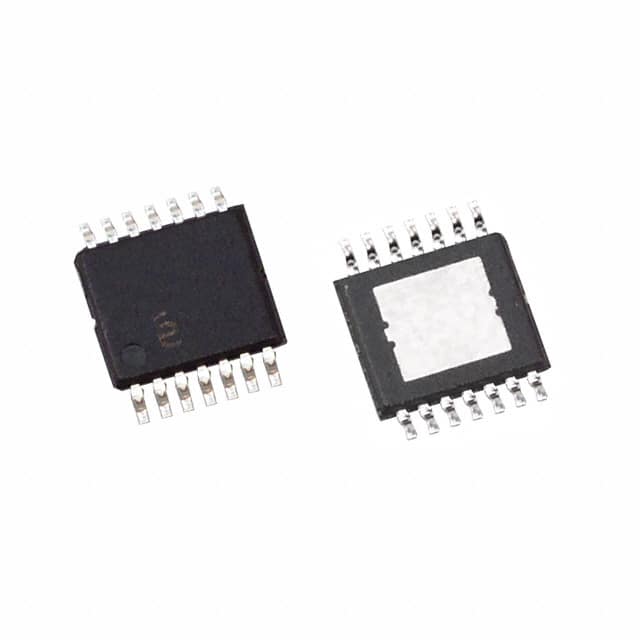ISL78302ARNBZ-T7A Product Introduction:
Intersil Part Number ISL78302ARNBZ-T7A(PMIC - Voltage Regulators - Linear), developed and manufactured by Intersil, distributed globally by Jinftry. We distribute various electronic components from world-renowned brands and provide one-stop services, making us a trusted global electronic component distributor.
ISL78302ARNBZ-T7A is one of the part numbers distributed by Jinftry, and you can learn about its specifications/configurations, package/case, Datasheet, and other information here. Electronic components are affected by supply and demand, and prices fluctuate frequently. If you have a demand, please do not hesitate to send us an RFQ or email us immediately sales@jinftry.com Please inquire about the real-time unit price, Data Code, Lead time, payment terms, and any other information you would like to know. We will do our best to provide you with a quotation and reply as soon as possible.
Introducing the Intersil ISL78302ARNBZ-T7A, a cutting-edge integrated power management solution designed to revolutionize the automotive industry. This highly advanced product offers a wide range of features and capabilities that make it the perfect choice for various applications in the automotive sector.
The ISL78302ARNBZ-T7A boasts a compact and efficient design, making it ideal for space-constrained automotive systems. With its integrated power management functions, this product eliminates the need for multiple discrete components, reducing overall system complexity and cost.
One of the standout features of the ISL78302ARNBZ-T7A is its exceptional power efficiency. This product utilizes advanced power conversion techniques, ensuring optimal energy utilization and minimizing power losses. This not only enhances the performance of automotive systems but also contributes to a greener and more sustainable environment.
Furthermore, the ISL78302ARNBZ-T7A offers a wide input voltage range, making it compatible with a variety of automotive power sources. Its robust design ensures reliable operation in harsh automotive environments, including extreme temperatures and voltage fluctuations.
The ISL78302ARNBZ-T7A finds its application in a wide range of automotive systems, including infotainment systems, advanced driver-assistance systems (ADAS), and electric vehicle powertrains. Its versatility and high performance make it an indispensable component in modern automotive designs.
In conclusion, the Intersil ISL78302ARNBZ-T7A is a game-changing power management solution that brings efficiency, reliability, and versatility to the automotive industry. With its advanced features and wide application fields, this product is set to redefine automotive power management.
Voltage Regulators-Linear is an electronic device used to convert an unstable DC voltage into a stable DC voltage. It regulates the voltage through an active component (such as a transistor or field effect tube) and a feedback network to ensure that the output voltage remains constant within a certain range. Linear regulators usually operate under low input voltage changes and load changes, and are able to provide a very clean and smooth output voltage.
Application
Voltage Regulators-Linear has a wide range of applications, covering almost all electronic devices requiring a stable DC power supply. In the field of consumer electronics, linear voltage regulators are widely used in mobile phones, tablets, laptops and other portable devices to provide stable voltage support for core components such as processors, memory and display screens. In the field of industrial automation and instrumentation, linear voltage regulators are often used in precision measuring instruments, sensor signal processing and other occasions because of their low noise and high precision characteristics. In addition, linear regulators also play an indispensable role in areas such as medical equipment, aerospace, and automotive electronics, where the quality of the power supply is extremely high. For example, in medical equipment, linear regulators ensure the power stability of devices such as pacemakers and monitors, ensuring the safety of patients.
FAQ about PMIC - Voltage Regulators - Linear
-
1. What are the disadvantages of linear regulators?
The disadvantage of linear regulators is that they are not efficient and can only be used in voltage reduction applications. The efficiency of a linear regulator depends on the ratio of output voltage to input voltage: turbidity = Vo: Vi. For example, for ordinary linear regulators, when the input voltage is 5V and the output voltage is 2.5V, the efficiency is only 50%. For ordinary linear regulators, about 50% of the electrical energy is converted into "heat" and lost, which is also the main reason why ordinary linear regulators are prone to heat when working. For LDO, due to its low voltage difference, the efficiency is much higher. For example, when the input voltage is 3.3V and the output voltage is 2.5V, its efficiency can reach 76%. Therefore, in LCD color TVs, in order to improve the utilization rate of electrical energy, ordinary linear regulators are used less, while LDOs are used more.
-
2. When should a linear regulator be used instead of a switching regulator?
In low-power and low-frequency application scenarios, a linear regulator should be used instead of a switching regulator.
Linear regulator Suitable for low-power and low-frequency applications, with simple circuit structure, low noise and good stability. They control the output voltage of the transistor through a current amplifier to keep the output voltage stable. This working mode makes linear regulators perform well in low-power and low-frequency applications, although they are less efficient and generate more heat, and their application range is limited. In contrast, switching regulators use high-frequency pulse modulation technology to convert input voltage into a stable output voltage. They have the advantages of high efficiency, small size and fast response, and are suitable for high-power and high-frequency applications. Therefore, when the application requirements are not the main considerations for circuit complexity and cost, but have high requirements for the stability and
-
3. Can a linear regulator be up?
Linear regulators cannot be boost.
The main function of a linear regulator is to stabilize the output voltage, protecting the electrical equipment from high or unstable voltage effects. It realizes a stable output voltage by adjusting the gap between the output voltage and the input voltage, but this process is limited to lowering the voltage, not including the voltage. The working principle of a linear regulator is to regulate the voltage by converting excess voltage into heat loss, thereby realizing the voltage regulation. This feature determines that it does not have the voltage function.
 Lead free / RoHS Compliant
Lead free / RoHS Compliant



